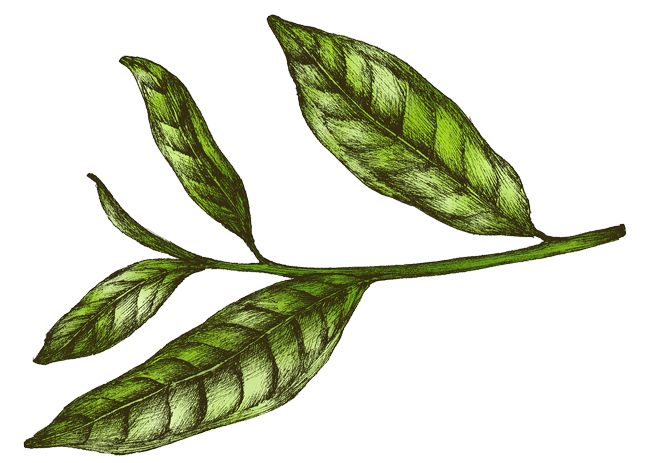Food is an essential part of our daily lives, providing sustenance, pleasure, and a means of cultural expression. But have you ever wondered about the history and evolution of the food we consume today? From the earliest civilizations to the modern era, food has undergone significant changes, driven by factors such as technological advancements, cultural exchange, and shifts in societal norms.
The Dawn of Agriculture and Culinary Traditions
The story of food begins with the advent of agriculture, marking a pivotal moment in human history. As our ancestors transitioned from nomadic hunter-gatherer societies to settled communities, they began cultivating crops and domesticating animals. This shift not only provided a more reliable food source but also laid the foundation for the development of culinary traditions.
From the ancient civilizations of Mesopotamia and Egypt to the Indus Valley and beyond, agricultural practices and culinary techniques flourished. The cultivation of wheat, rice, corn, and other staple crops became the backbone of societies, allowing for the creation of diverse and flavorful dishes.
The Influence of Trade and Exploration
As civilizations expanded and trade routes were established, the exchange of goods and ideas had a profound impact on food. The Silk Road, Spice Route, and other networks facilitated the movement of ingredients, spices, and cooking techniques across continents.
For example, the Columbian Exchange following Christopher Columbus’s voyages brought about the introduction of new crops, such as potatoes, tomatoes, and chili peppers, to Europe. This exchange had a transformative effect on European cuisine, forever altering the way people ate and cooked.
Technological Advancements and Industrialization
The Industrial Revolution in the 18th and 19th centuries brought about significant changes in food production and consumption. Technological advancements, such as the invention of canning, refrigeration, and pasteurization, revolutionized the way food was preserved, stored, and transported.
Mass production and the rise of factories led to the availability of processed foods, making them more accessible and affordable. However, this era also saw a shift towards convenience over quality, with the loss of traditional cooking methods and a reliance on artificial additives.
A Return to Roots: Organic and Sustainable Food
In recent years, there has been a growing movement towards organic and sustainable food. Concerns about the environmental impact of industrial agriculture, as well as the desire for healthier and more ethically produced food, have led to a renewed interest in traditional farming practices.
Locally sourced ingredients, farm-to-table dining experiences, and the resurgence of heirloom varieties are just a few examples of this trend. People are increasingly reconnecting with their food, seeking out fresh, seasonal produce, and supporting local farmers.
The Future of Food
As we look to the future, the evolution of food continues. Advancements in technology, such as genetic engineering and lab-grown meat, present new possibilities and challenges. The quest for sustainable food systems and the need to feed a growing global population will shape the way we produce and consume food.
Ultimately, the history and evolution of food reflect our ever-changing relationship with the natural world and our desire for nourishment, pleasure, and connection. By understanding the past, we can better appreciate the present and make informed choices about the future of our food.
